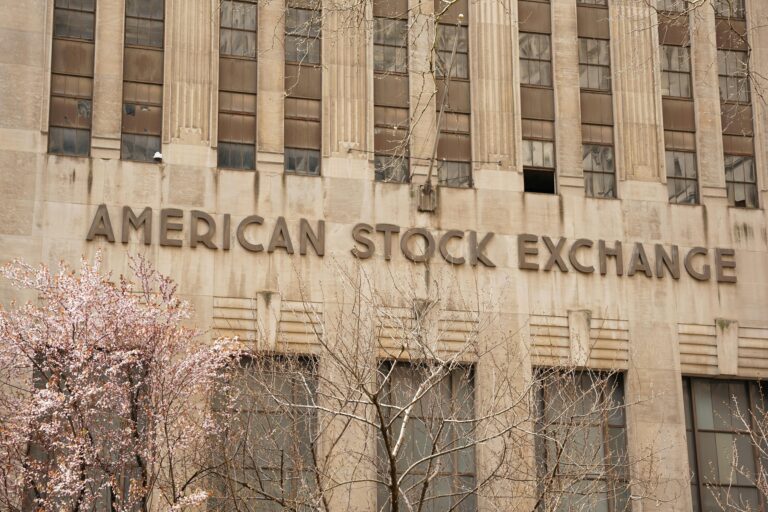The Dow Jones is one of the world’s most famous and influential stock market indexes. It shows how the biggest companies in the United States are performing. For over 100 years, the Dow Jones has symbolized the financial markets, giving investors a clear picture of the U.S. economy.
Whether you’re an experienced trader or just starting, understanding this index is important for navigating stock markets. This article explains what the Dow Jones is, how it works, what affects its value, and how you can invest in it.
What is the Dow Jones Index?
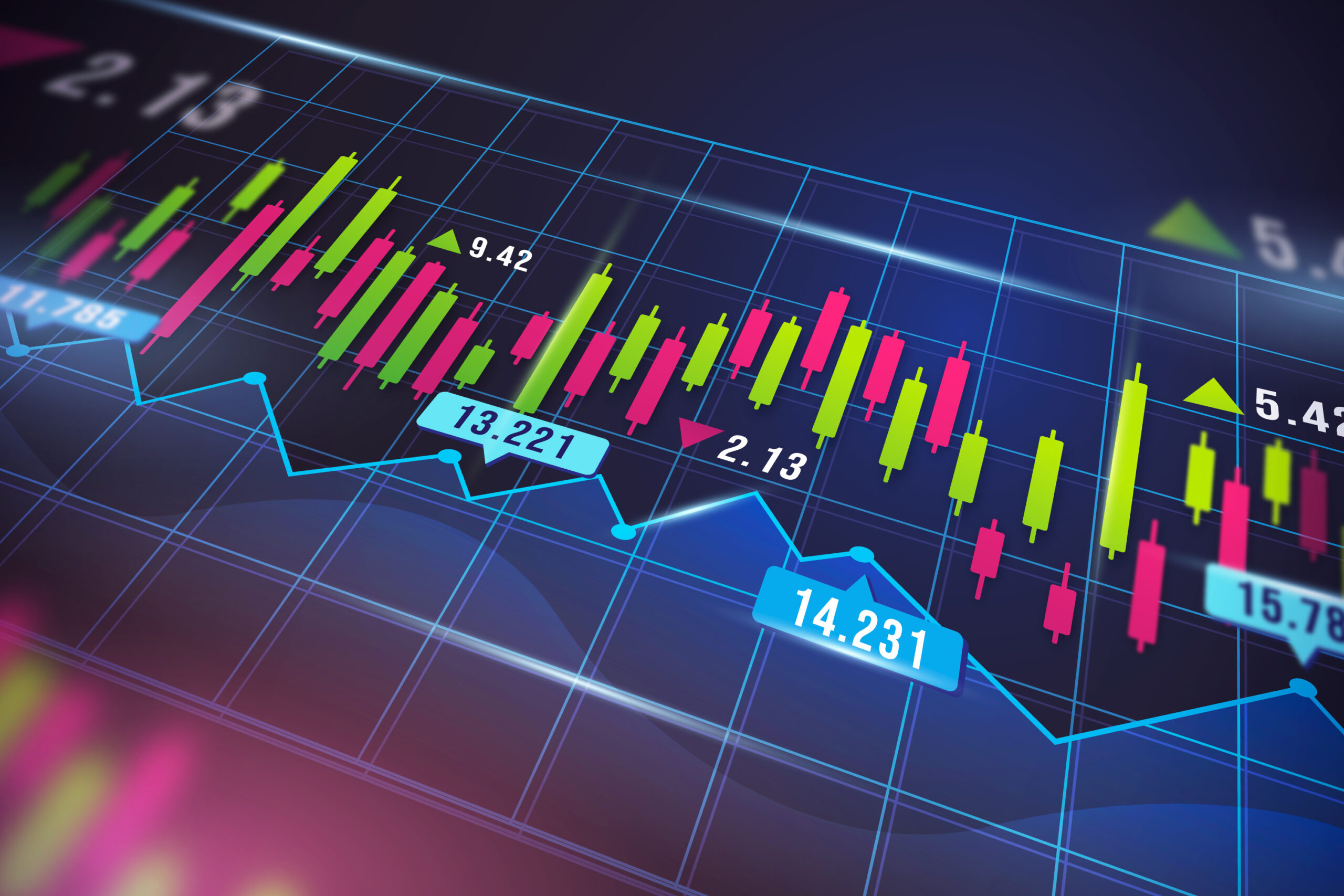
The Dow Jones Index, officially called the Dow Jones Industrial Average (DJIA), is one of the oldest and most important stock indexes in the world.
Created in 1896 by Charles Dow and Edward Jones, the index was designed to measure the performance of the U.S. economy by tracking the largest and most influential publicly traded companies. Today, the Dow Jones includes 30 major companies from important industries such as technology, finance, industry, health care, and consumer goods.
One special thing about the Dow Jones is how it’s calculated. It is a price-weighted index, meaning companies with higher share prices have a bigger impact on the index value.
This is different from other indexes like the S&P 500, which use market capitalization. As a result, even a small price change in one company’s stock can greatly affect the Dow Jones.
The Dow Jones isn’t just a way to measure economic performance — it’s also a key indicator of how investors feel about the economy.
How the Dow Jones Performed Over the Last 10 Years
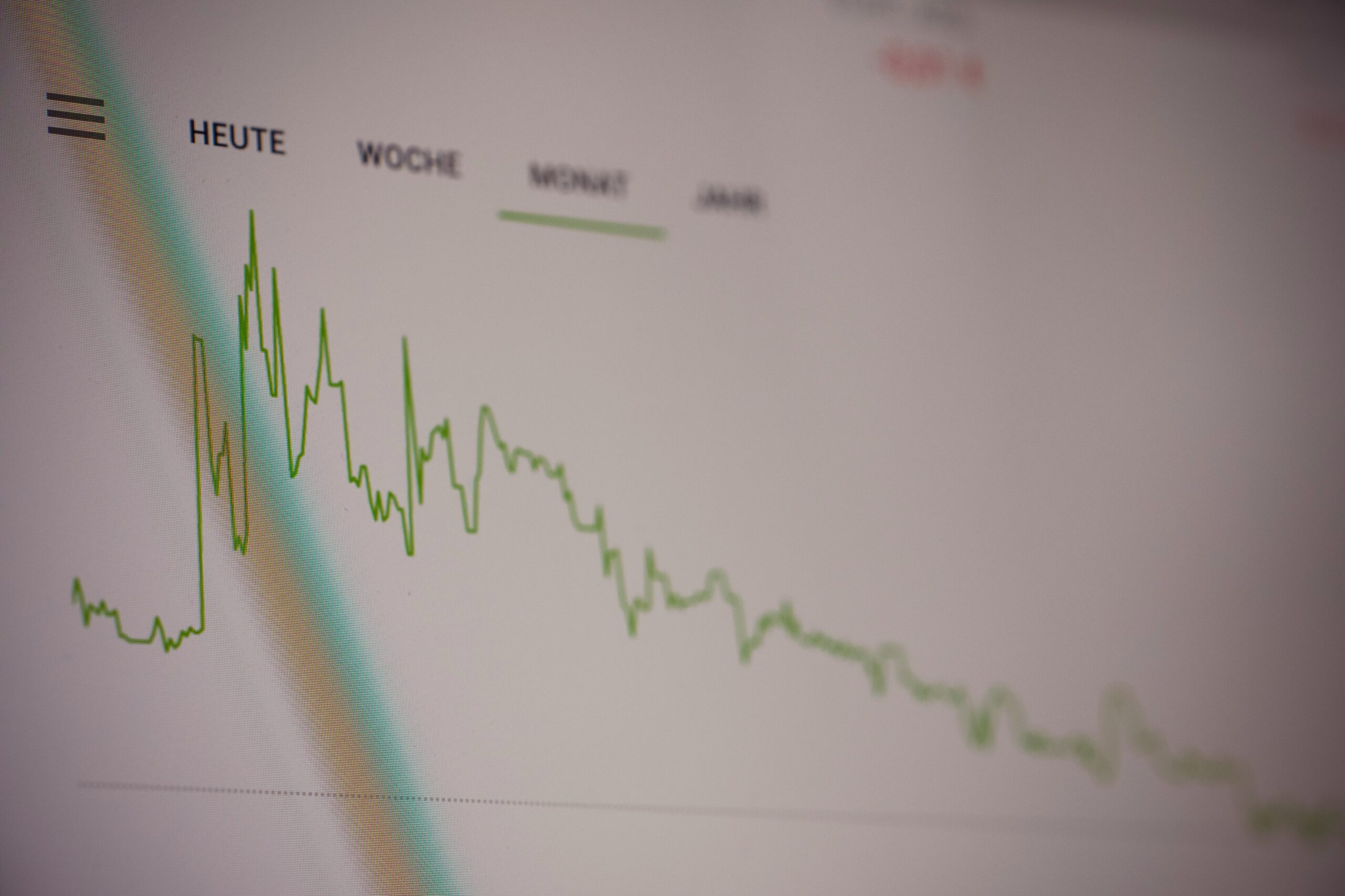
Over the past decade, the Dow Jones Index has reflected major changes in the U.S. and global economy, showing both periods of rapid growth and sharp declines.
In 2013, the index stood around 13,000 points. It grew significantly due to stimulus measures taken by the Federal Reserve after the 2008 financial crisis. In the following years, markets kept rising due to low interest rates, big investments in technology, and recovery in the industrial sector.
In 2019, the Dow Jones hit a record high above 28,500 points, gaining about 22% for the year. However, 2020 was a very volatile year due to the COVID-19 pandemic.
In March 2020, markets crashed dramatically, and the Dow Jones dropped more than 30% very quickly.
But with quick actions from the U.S. government and the Federal Reserve injecting huge amounts of money into the economy, the Dow Jones bounced back strongly, ending 2020 around 30,000 points.
Between 2021 and 2023, after the pandemic, the Dow Jones benefited from the economic recovery, increased consumer spending, and rapid technology growth. In 2023, it surpassed 35,000 points, highlighting the resilience of the U.S. economy even during global crises.
Companies Included in the Dow Jones

The Dow Jones is carefully chosen to represent the strength and diversity of the American economy.
The 30 companies that make up this index come from important sectors such as technology, finance, energy, and healthcare, and they’re leaders in their industries.
Notable examples include tech giants like Apple and Microsoft, consumer brands like Coca-Cola and McDonald’s, and industrial leaders such as Boeing and Caterpillar.
The list of companies isn’t fixed — it changes occasionally. S&P Dow Jones Indices, which manages the index, regularly reviews which companies are included, ensuring they accurately reflect the economy.
For example, in 2020, after Apple split its shares, Salesforce, Amgen, and Honeywell replaced ExxonMobil, Pfizer, and Raytheon Technologies in the Dow Jones.
This careful selection makes the Dow Jones an important market indicator, closely watched by investors and financial analysts.
How to Trade or Invest in the Dow Jones Index?
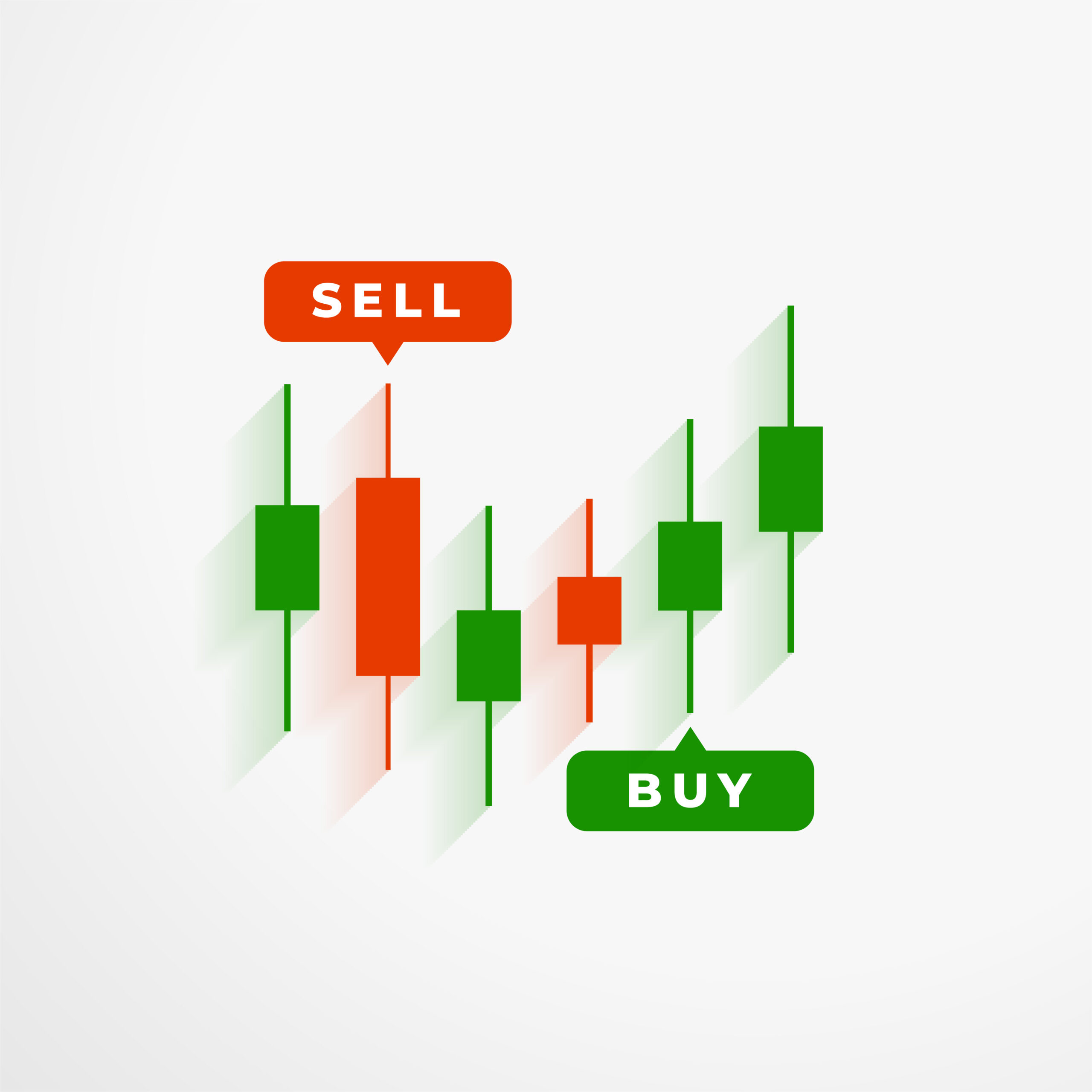
Trading and investing in the Dow Jones provides good opportunities, whether your goal is short-term speculation or long-term investing.
To start, the first step is choosing a regulated broker that offers contracts-for-difference (CFDs) or other instruments tracking the Dow Jones.
Typically, you’ll log into your broker’s platform, find the Dow Jones symbol (usually DJI30), analyze the market, and then place your buy or sell orders.
For example, if you believe the index will rise, you place a BUY order. If you think it will fall, you place a SELL order. Managing your risk is very important, so always use orders like Stop Loss and Take Profit to protect your money.
Steps to Trading or Investing in Dow Jones 30
- Choose a regulated and reliable broker: Register with a trading platform, such as MetaTrader 4 or 5, and access the DJI30 symbol (Dow Jones).
- Analyze the market: Use Statistics and Probability analysis to identify good entry points.
- Place your order: Based on market trends, open BUY or SELL trades.
- Manage your risk: Set clear goals and always use Stop Loss and Take Profit orders. These will protect your investment and maximize profits.
If you prefer long-term investing, you might consider ETFs that track the Dow Jones directly, making the investment simpler.
What Affects the Dow Jones Index Price?
The Dow Jones price can be influenced by several factors:
- Company Performance: Reports from Dow Jones companies like Apple or Boeing can significantly move the market.
- Federal Reserve Policies: Changes in interest rates or announcements about economic stimulus can affect investor confidence and influence the index value.
- Economic Data: GDP, unemployment rates, inflation, and employment data (like Non-Farm Payrolls) influence market movements.
- Geopolitical Events: International conflicts or changes in trade policies can create market volatility.
Improve Your Dow Jones Trading Strategies
To become successful in trading Dow Jones, you must practice and continue learning. Our free trading course can help you improve your skills.
Start practicing with a demo account from your broker, where you can test your strategies without financial risk. Use technical analysis indicators like RSI, Bollinger Bands, or Alligator to identify trends and decide when to enter or exit trades.
Always adjust your strategy based on current market conditions. For example:
- In a volatile market, short-term strategies like scalping can work well.
- In a stable market, swing trading or long-term investing might be better.
No matter your trading style, using a trading bot can make your process easier and faster.
Trading Styles for Dow Jones
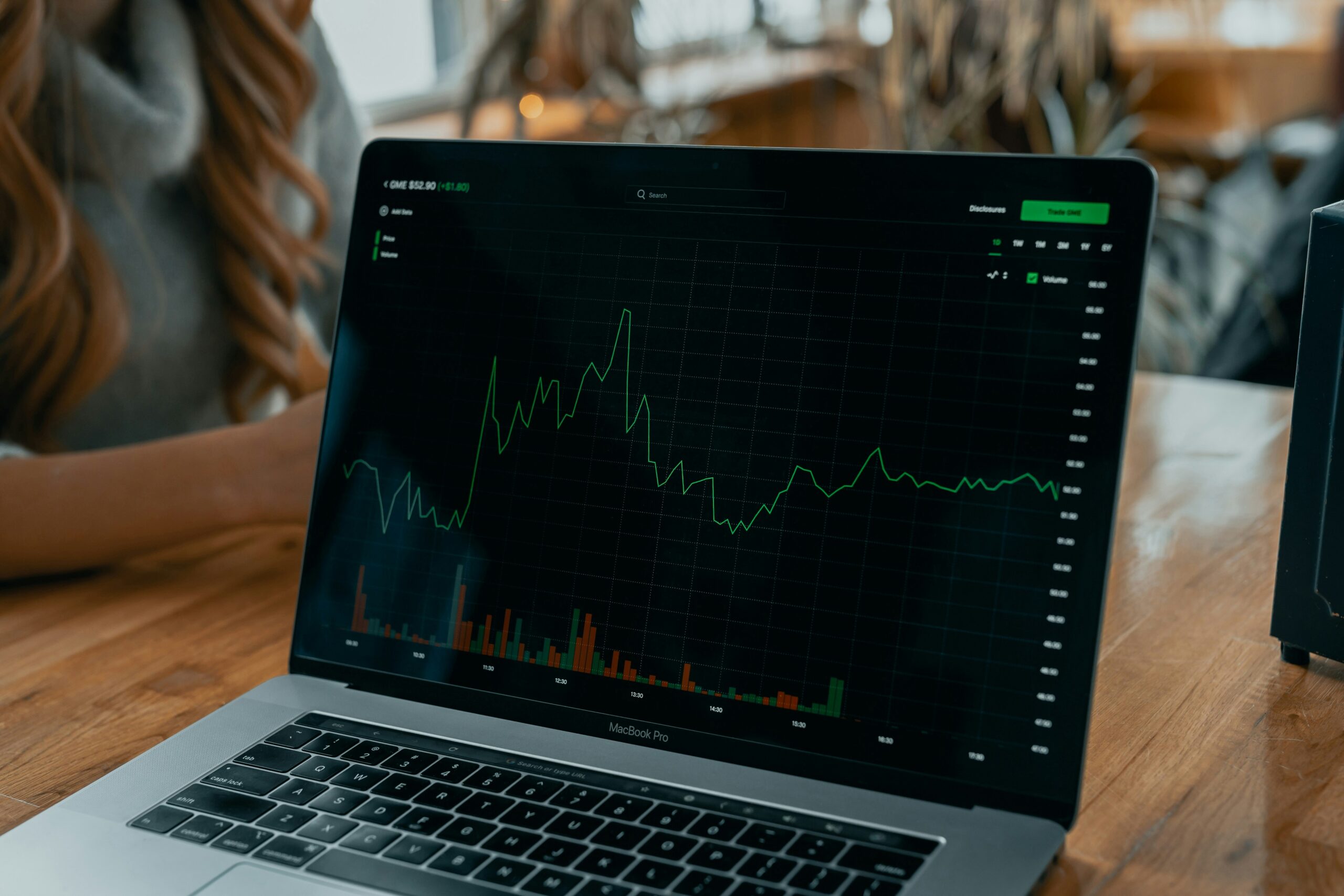
Trading the Dow Jones index can suit many different styles, depending on your goals, available time, and risk tolerance.
Each style has its own advantages and requirements, but all need good analysis, discipline, and helpful trading tools. Nowadays, using trading bots is increasingly popular because they automate strategies and help traders respond quickly to market changes.
Scalping
Scalping is a trading style that involves opening and closing trades very quickly, usually within just a few minutes.
This style is popular among traders who want to make small profits from short price movements seen on very short-term charts, such as 1-minute or 5-minute charts. Speed and accuracy are essential in scalping.
Because of this, many traders use trading bots — automated software that watches the market in real-time and places trades based on preset rules.
For example, a bot might analyze quick changes in the Dow Jones index and instantly place buy or sell orders. This removes emotion from trading decisions and is particularly helpful in volatile markets where fast reactions can make the difference between profit and loss.
Intraday Trading
Intraday trading (or day trading) involves opening and closing trades within the same trading day.
This style suits traders who want to avoid the risks of holding trades overnight and prefer to capitalize on daily market movements. In intraday trading, identifying support and resistance levels is crucial.
Just like scalping, trading bots can be set up to automatically analyze daily trends and place trades based on indicators like RSI or Bollinger Bands.
Swing Trading
Swing trading is perfect for traders who prefer to follow medium-term trends and keep positions open for a few days or even weeks.
This style requires less time spent watching charts, making it suitable if you have other responsibilities like a full-time job. Swing traders look for larger price movements and confirm trends using daily or weekly charts.
Although trading bots are more commonly used for scalping or intraday trading, they can also be adapted for swing trading strategies.
A bot can watch the market continuously, spotting entry or exit points based on longer-term trends, saving time and ensuring you don’t miss important trading opportunities.
Choosing the Right Trading Style and Benefits of Trading Bots
Choosing the right trading style depends on your personality and goals.
- Scalping and intraday trading are ideal if you prefer fast-paced trading.
- Swing trading is suitable if you want a calmer, less stressful approach.
Regardless of the style, using trading bots offers many advantages, such as removing emotional decision-making, improving reaction speed, and maximizing efficiency.
In conclusion, the Dow Jones offers opportunities for all trading styles, and integrating trading bots into your trading routine can significantly boost your chances of success, especially in volatile markets.
If you’re interested in using bots, make sure you fully understand their settings and strategies to maximize their effectiveness.
Example of a Trading Strategy
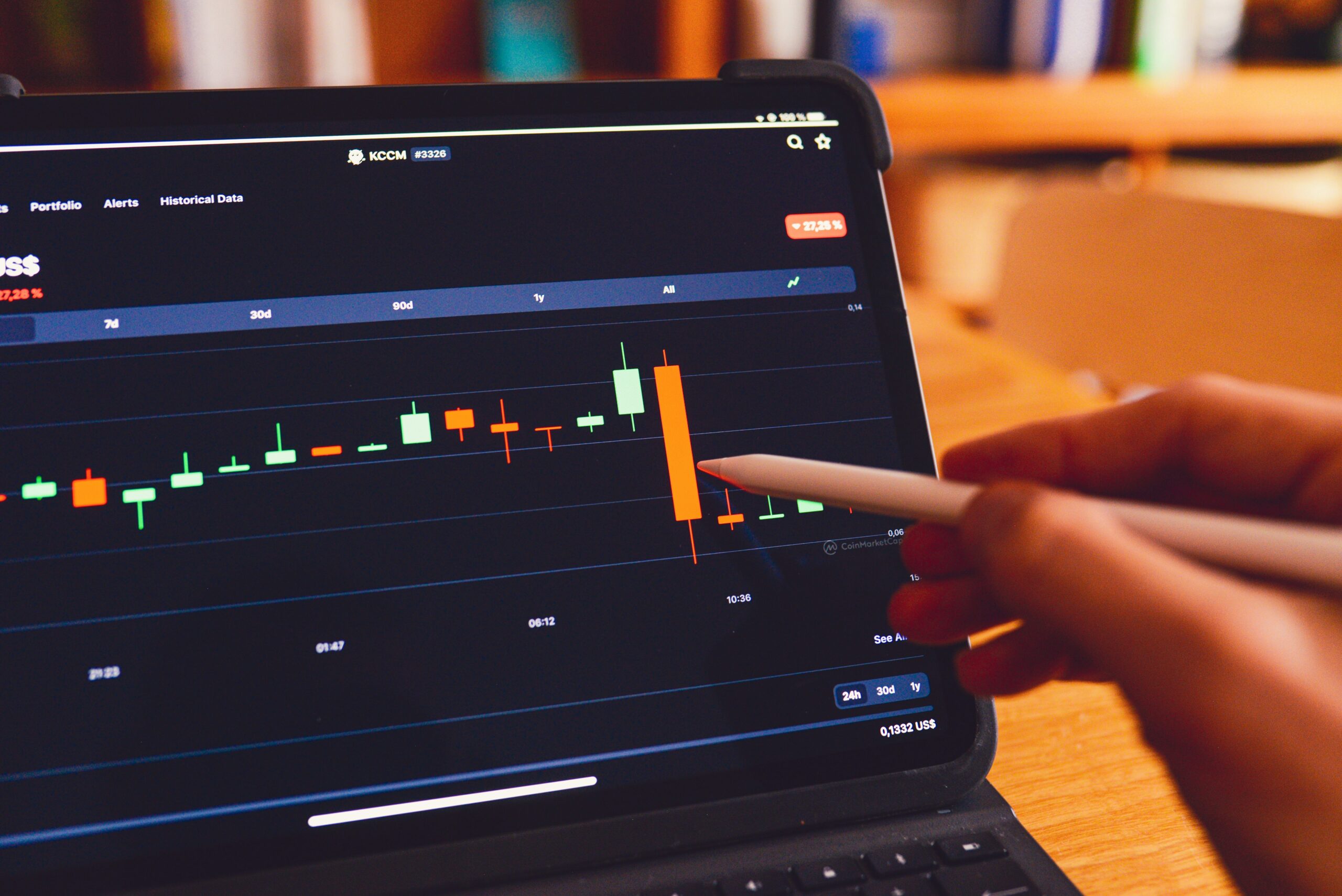
A simple yet effective Dow Jones trading strategy involves technical indicators like the Alligator and fractals.
For example:
- If the price breaks above an upper fractal and the Alligator indicator confirms an upward trend, it may be a good chance to buy.
- If the price drops below a lower fractal and the Alligator confirms a downward trend, consider placing a sell order.
For instance, you might open a buy position at 27,000 points and set your profit target at 27,100 points. If the trade closes successfully, your profit will depend on how many lots you traded and the value of each pip.
Best Times to Trade the Dow Jones Index
To maximize your chances of success, it’s important to trade the Dow Jones during the busiest and most volatile times.
The best hours are usually between 16:30 and 23:00 Romanian time — GMT+2 — (when U.S. markets are open). During these hours, U.S. and European sessions overlap, creating high liquidity and significant price movements.
Another important time is around major U.S. economic announcements, such as employment reports or monetary policy decisions. These events can create volatility and opportunities for traders who use news-based strategies.
What Should You Do If the Dow Jones Drops?
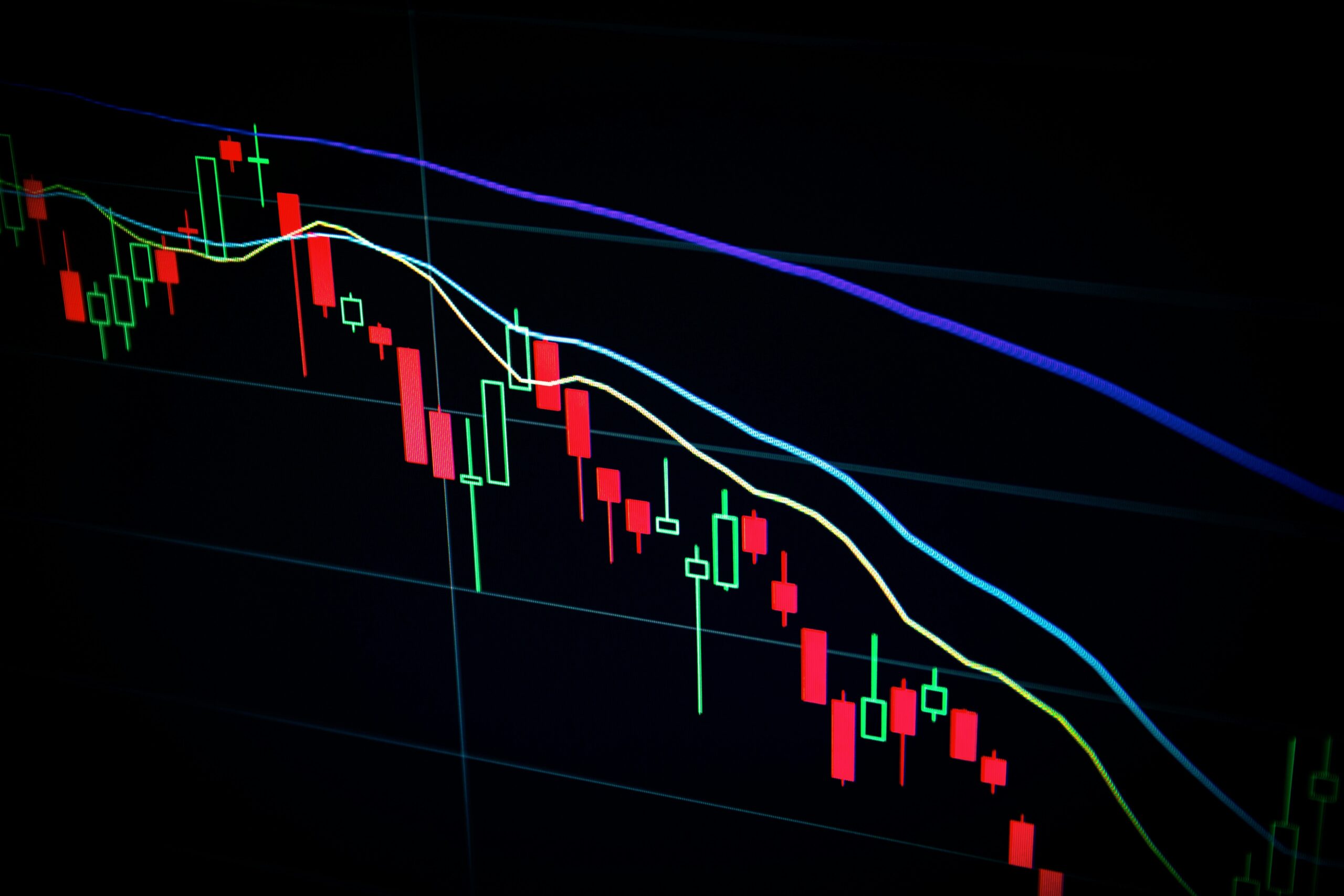
Drops in the Dow Jones index can be challenging, but they also present opportunities. One effective way to benefit from a declining market is by using a strategy called short-selling, typically through CFDs.
Short-selling allows you to profit from falling prices.
For long-term investors, market declines can also be good moments to buy stocks at lower prices.
Analysis becomes crucial during downturns, helping you identify undervalued companies that might recover quickly. Additionally, diversifying your investments and using hedging strategies can help reduce risks associated with sudden market drops.
Can You Include Your Company in the Dow Jones Index?
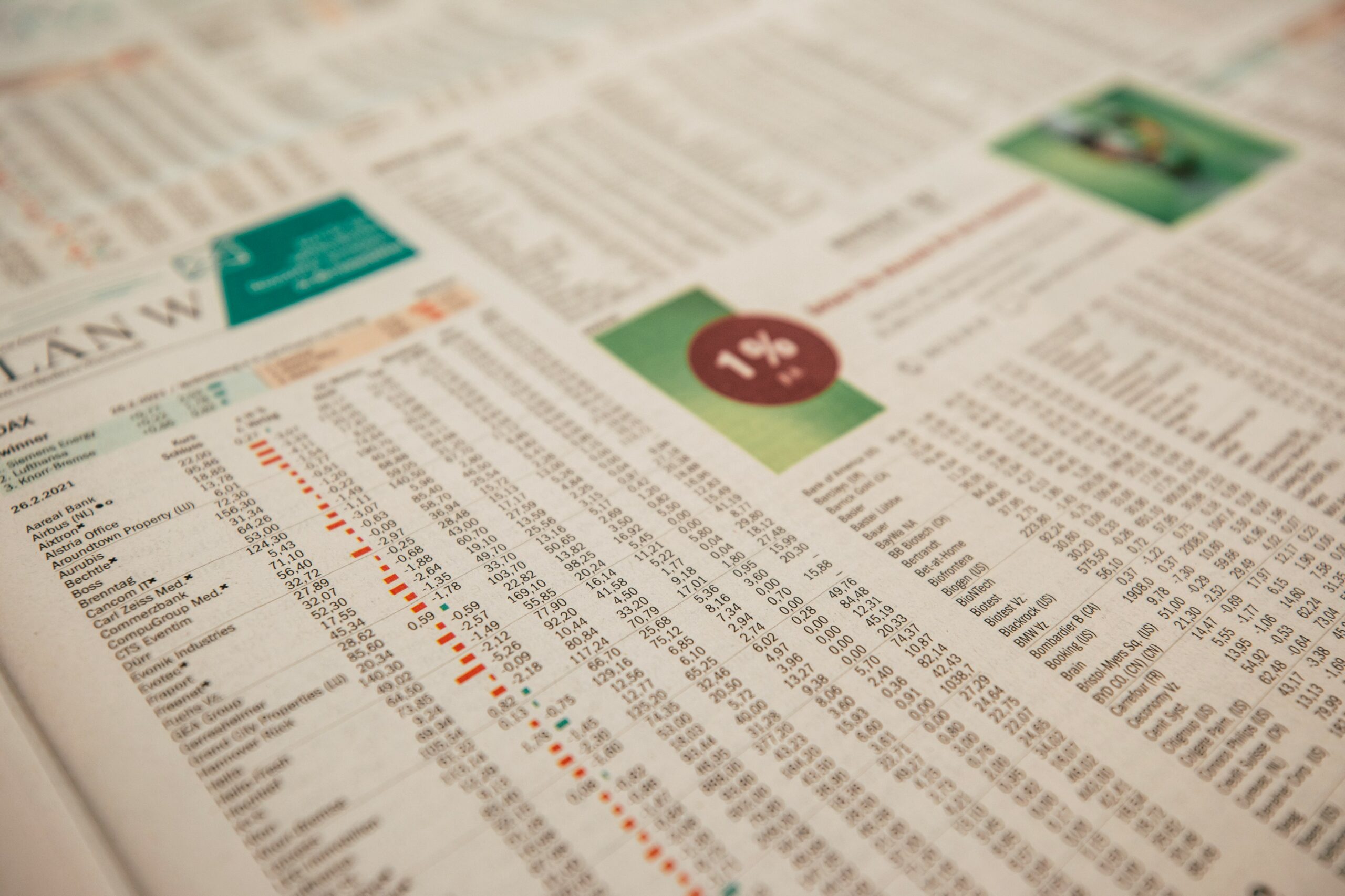
Adding a company to the Dow Jones index is a complex process managed by the S&P Dow Jones Indices Committee. This committee evaluates a company’s economic importance and performance, prioritizing industry leaders representing the U.S. economy.
Only companies meeting strict criteria, such as financial stability and a strong reputation, can join the index. Companies cannot directly apply to be included; decisions are solely made by the committee.
Difference Between Dow Jones and Dow Futures
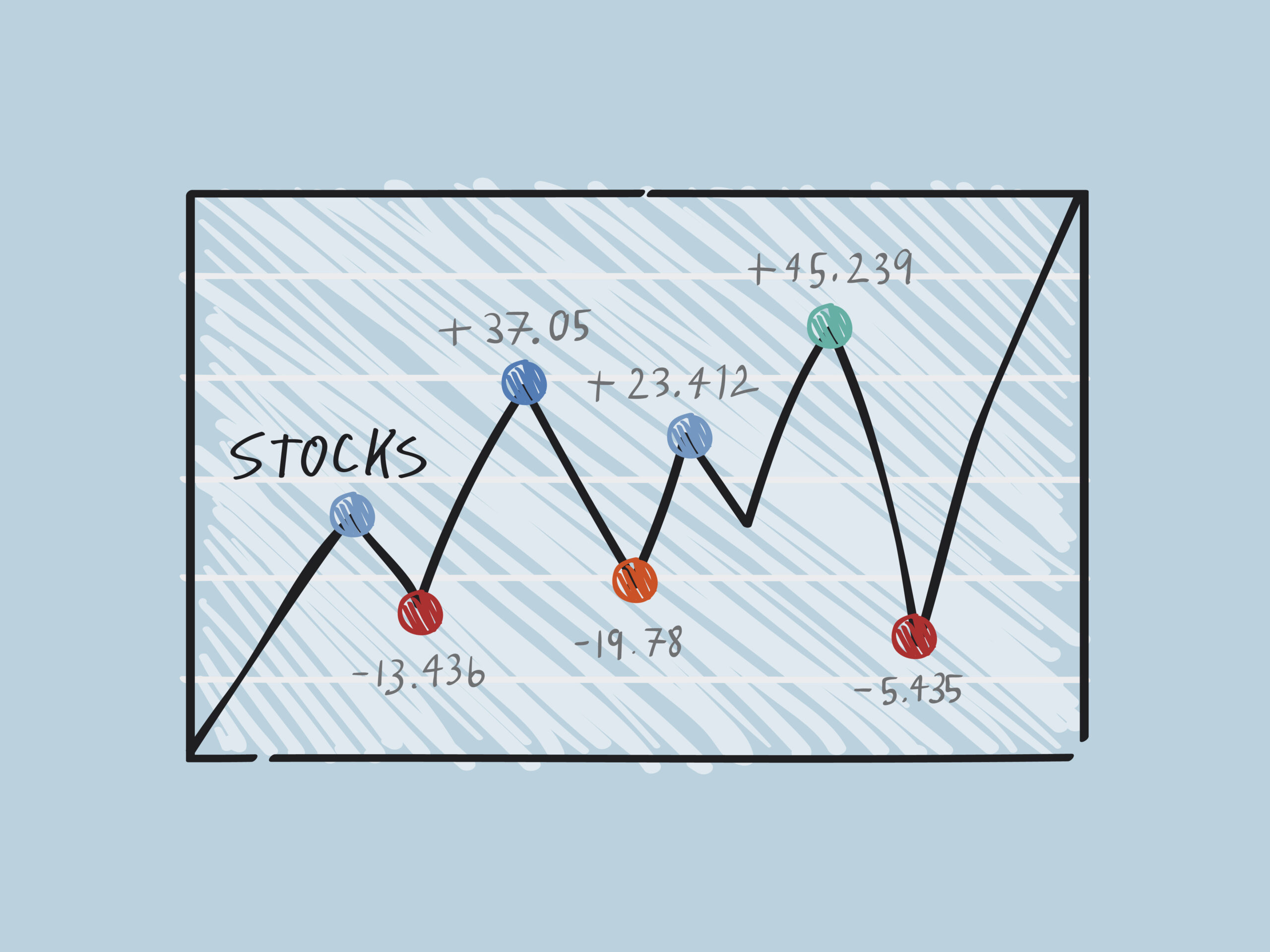
The Dow Jones index shows the real-time value of its 30 component companies based on their stock prices.
In contrast, Dow Futures are contracts that reflect investors’ expectations about the future direction of the Dow Jones index. Unlike the real-time index, Dow Futures are primarily used for speculation and hedging, and they trade nearly 24/7.
Their prices can move significantly before U.S. markets open, giving insights into market sentiment even before actual trading begins.
About Trading Busters
Trading Busters is a community dedicated to helping traders learn and grow. We provide market analysis, trading strategies, and resources for traders at all levels. Through educational content, trading signals, and access to experienced traders, we help our members better understand financial markets and make informed decisions.
Our goal is to offer clear and structured information without unrealistic promises, focusing instead on developing a healthy, effective trading mindset.
